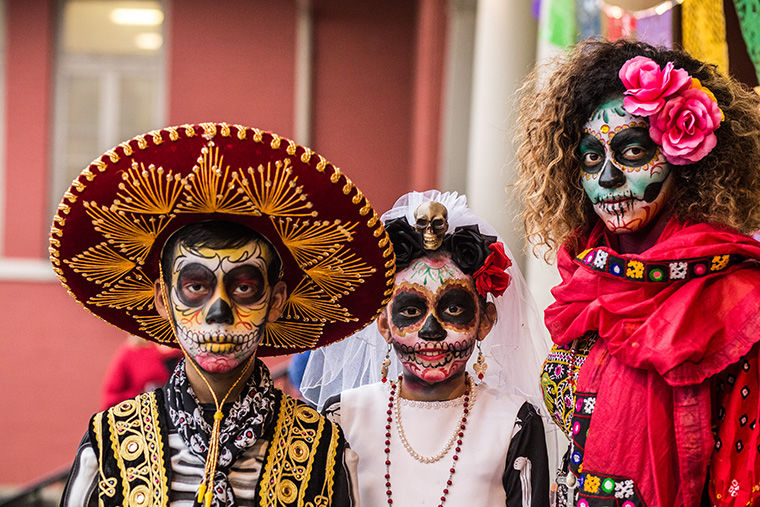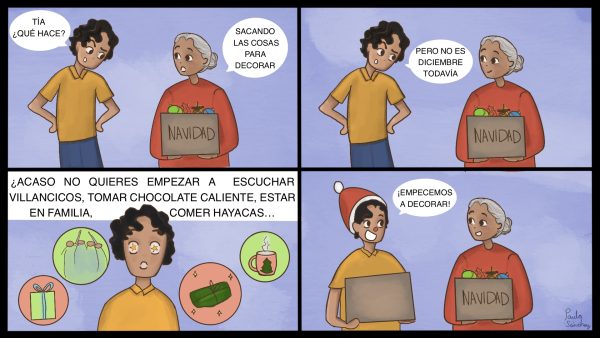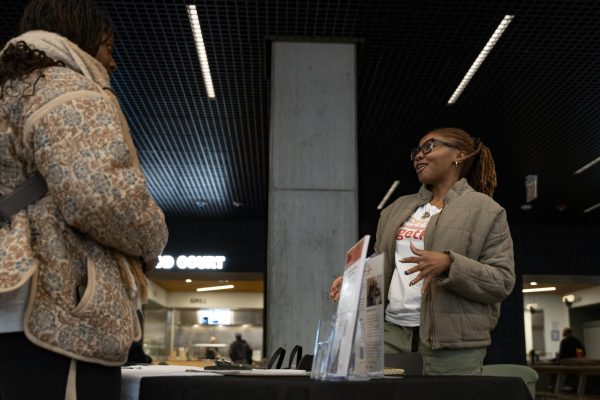Nos Recodamos: A celebration of life and death
November 7, 2016
By Maria Cardona | Photo Editor
The idea of death is frequently associated with the fear or sadness that comes with the loss of loved ones. However, in Mexican culture, it is celebrated through Dia de los Muertos, or Day of the Dead, with colorful flowers, sugar skulls and processions. Processions are used as a way to bless and honor those who have passed away.
The tradition of memorializing the departed dates back to Aztecs who held festivals for the goddesses of the underworld. In Catholic tradition, it is known as “All Saints Day” or “All Souls” because, at midnight on Oct. 31, the children who have passed away are celebrated, and it is believed they are with their loved ones on Dia de los Inocentes, Day of the Innocent, Nov. 1.
Then, starting Nov. 2, adults who have passed away are believed to be present during festivities through ofrendas, or altars dedicated to them. Ofrendas include personal items and favorite meals, as well as items representing the four earthly elements—earth, wind, fire and water.
Mexican communities celebrate Dia de los Muertos, but it is also a cultural experience shared with other Latinos. For Carmen Hernandez, a Puerto Rico native living in Chicago, observing the holiday has become a beloved tradition.
“I enjoy everything that the Mexican culture has, [although] we are very different,” Hernandez said, adding it is her fourth year celebrating. “I like seeing the kids faces light up [as they] learn about their cultures.”
Chicago native Michael Doherty celebrated the tradition for the first time with his wife and stepdaughter, who are Mexican, at Elevarte’s Muertos de la Risa event in Pilsen on Nov. 2.
“It’s a wonderful thing; it takes something that can be very painful—and I grew up in a non-Hispanic family, so death was very painful—and turns it into something beautiful,” Doherty said.
Calaveras, or skulls, and skeletons appear everywhere during the holiday and the vibrant colors and flowers are used to represent life. Having the calavera face paint and participating in the ritual can be very rewarding. To Juan Sanchez’s family, who lost a baby girl at the age of 10 months, participating in the procession and the holiday represents the life they lived with her. Celebrating this cultural tradition with their four-year-old daughter, Katia Sanchez, and telling her about her sister was a beautiful experience.
“If you remember them, they”ll never die,” Sanchez said.







